Ventricular Tachycardia (V-Tach) is a rapid heart rhythm disorder that can be life threatening. Discover its symptoms, causes, and treatment approaches.
What are the main causes of Ventricular Tachycardia (V-Tach)?
- Scar tissue after a heart attack disrupts normal signals and triggers abnormal ventricular rhythms.
- Cardiomyopathy weakens the heart muscle, making arrhythmias more likely.
- Electrolyte imbalances, especially low potassium or magnesium, provoke dangerous rhythm disturbances.
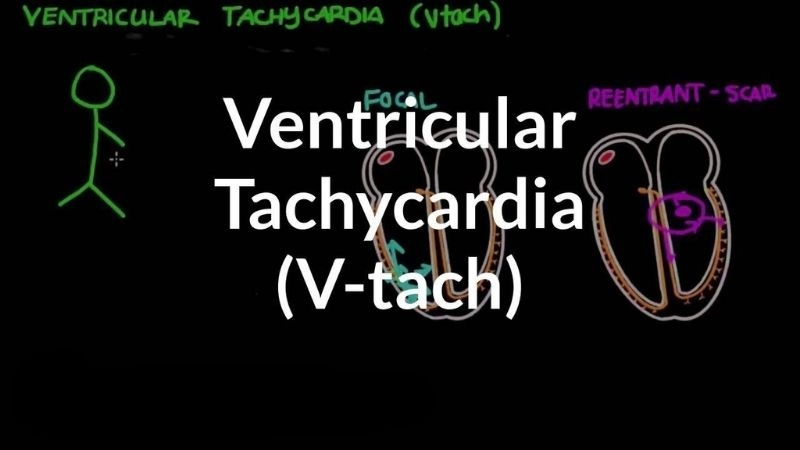
Ventricular tachycardia treatment restores safe heart rhythm quickly
>>> Discover more: Understanding atrial flutter symptoms and prevention
Key symptoms of Ventricular Tachycardia to watch for
- Rapid heartbeat over 100 beats per minute causing palpitations.
- Dizziness or fainting due to poor blood flow to the brain.
- Chest pain or shortness of breath during prolonged episodes.
How can you prevent Ventricular Tachycardia (V-Tach) effectively?
- Take prescribed medications to manage heart conditions.
- Maintain balanced electrolytes with proper diet and hydration.
- Get regular check-ups and adopt a heart-healthy lifestyle.
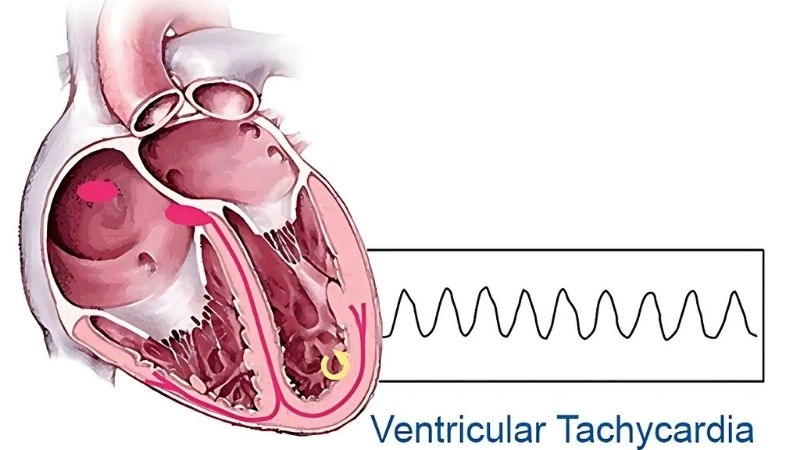
Ventricular tachycardia symptoms include palpitations and dizziness
>>> Discover more: Managing Supraventricular Tachycardia (SVT) effectively
Images visual examples of Ventricular Tachycardia (V-Tach)
Ventricular tachycardia is a fast, abnormal rhythm from the lower heart chambers that reduces blood flow. ECG images often show wide, rapid QRS complexes.

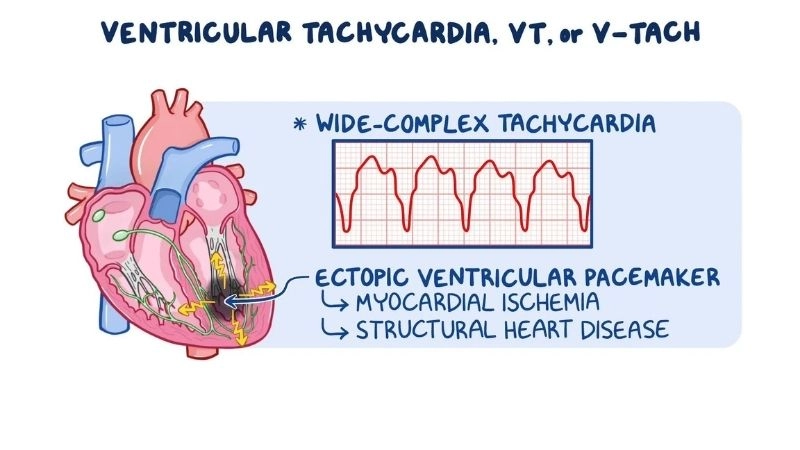
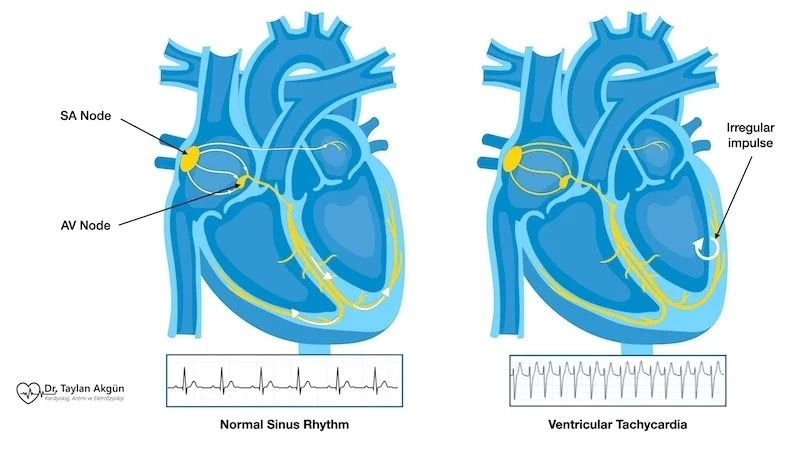

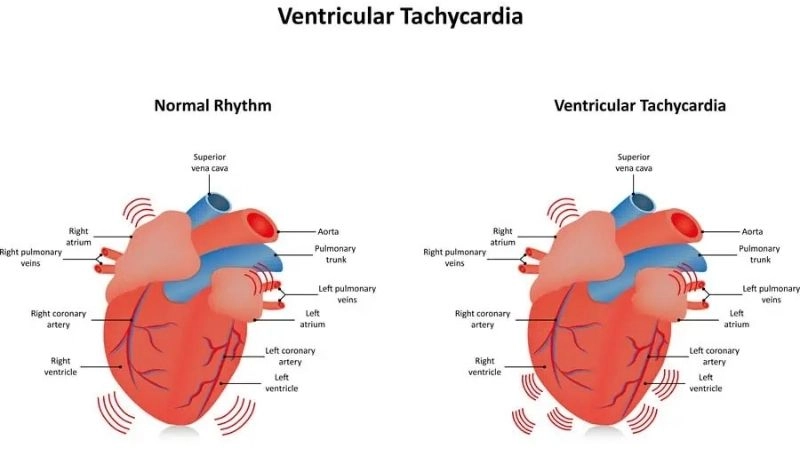

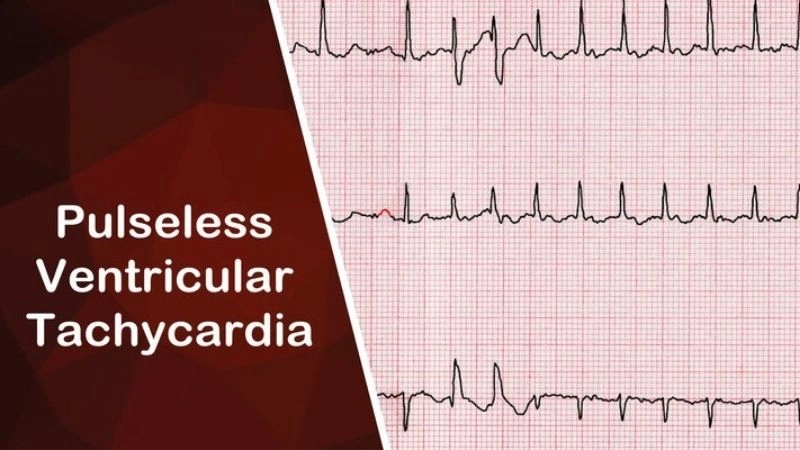
>>> Discover more: Common paroxysmal supraventricular tachycardia symptoms
Understanding Ventricular Tachycardia (V-Tach) is key to protecting your heart. Early detection, prevention, and proper care can save lives effectively.





